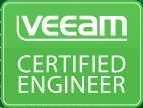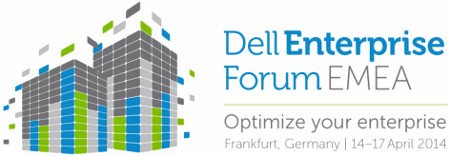In an installation of VMware Horizon View one requirement is the VMware Composer database to keep track of the various pools with linked clones. But this is the only mandatory DB (if you have linked clones), because for the various View Connection Servers there isn’t any strictly database strictly requirement, since they exchange and share data via a specific data structure based on Active Directory Lightweight Mode (actually an LDAP tree replicated between each replication server).
But in real scenario, it becomes useful, from the management point of view, set up a shared database for the View Events. There are a lot of resources that help in this database setup and configuration (for example, Microsoft SQL Server, there’s this post), but the procedure is not particularly complicated (you need just some attentions on the ports, on the firewall rules and on the authentication type). DBMSs supported are SQL Server (SQL Express can also work) or Oracle.
The possible problem in using SQL Express for the View Event is related to the database file size limit, considering that there isn’t a simple way to handle the data retention.











 Veeam Certified Engineer (VMCE)
Veeam Certified Engineer (VMCE)


